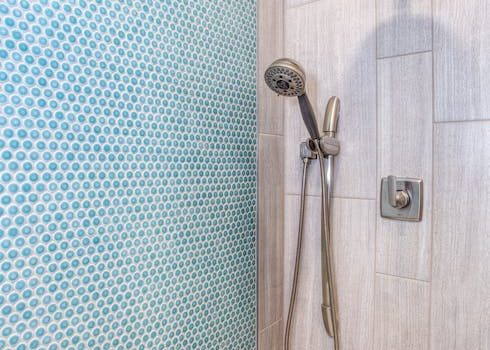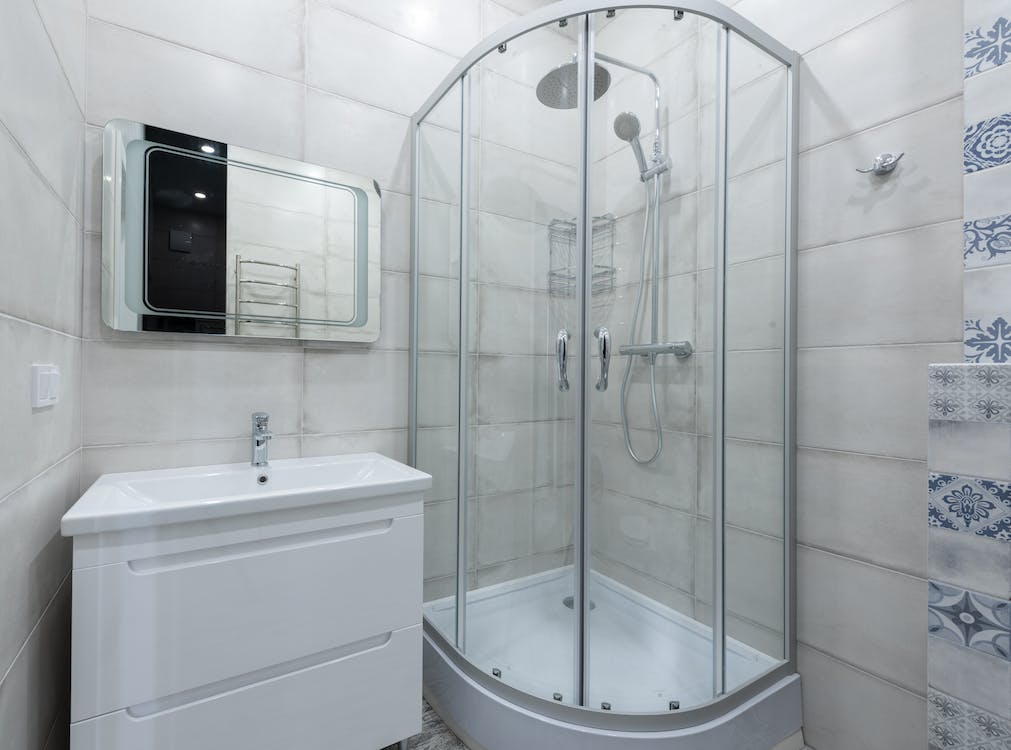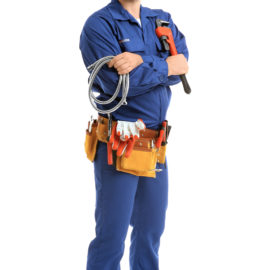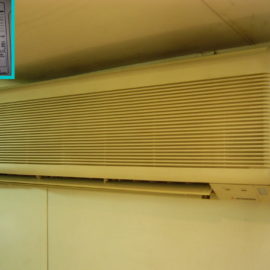
How to Install a Shower: A Guide to Overcoming Technical Constraints
Are you planning to install a new shower in your bathroom? Before you grab your tools and get started, it’s important to understand the technical constraints that may arise during the installation process. By being aware of these challenges and knowing how to overcome them, you can ensure a successful and hassle-free shower installation. In this guide, we will walk you through some common technical constraints you may encounter and provide solutions to help you tackle them effectively. So let’s dive in!
1. Assessing Available Space for Your Shower
Before proceeding with any shower installation, it is crucial to evaluate the available space in your bathroom. Measure the area where you plan to install the shower unit and take note of any obstacles such as structural beams, plumbing lines, or electrical wiring. If you’re unsure about the position of these elements, it’s wise to consult a professional plumber or electrician for guidance. Understanding the space constraints will allow you to choose a shower unit that fits perfectly without any obstructions or compromises.
2. Plumbing Considerations: Water Supply and Drainage
Proper water supply and drainage are fundamental for any functioning shower. Ensure that your bathroom already has the necessary water supply lines and a drain in place. If not, you may need to extend the existing lines or install new ones. Connecting to the main water supply and creating an appropriate slope for the drainage system are critical steps that require precision and expertise. It is recommended to seek assistance from a qualified plumber to handle these plumbing tasks accurately.
3. Electrical Wiring and Fixture Compatibility
Some modern showers come with additional features such as integrated lighting, digital controls, or steam generators, requiring electrical connections. If you plan to install such a shower, you need to consider the proximity of electrical outlets and the capacity of your circuit breaker to handle the additional load. It’s essential to hire a licensed electrician to ensure the safety and compatibility of the electrical wiring with your chosen shower unit. Remember, electricity and water are a dangerous combination, so never compromise on electrical safety.
4. Structural Support and Wall Integrity

Every shower unit must be securely mounted to a wall or supported by a sturdy structure. Before installation, check the integrity of your bathroom walls and identify any potential weak points. If you find any signs of water damage, cracks, or insufficient support, it’s crucial to address these issues before proceeding with the shower installation. Reinforcing the walls or adding additional support may be necessary to ensure a stable and long-lasting shower enclosure.
5. Ventilation and Moisture Control
Proper ventilation is vital in a bathroom, especially when installing a shower. High humidity levels can lead to mold growth and damage to your walls, ceiling, and fixtures. Make sure your bathroom has adequate ventilation in the form of exhaust fans or windows to dissipate moisture effectively. Additionally, consider installing a vapor barrier behind the shower walls to prevent moisture penetration. Managing moisture is essential for the longevity of your shower and the overall health of your bathroom.
6. Accessible Design and Safety Measures
If you are installing a shower for someone with mobility issues or planning for future accessibility needs, incorporating accessible design elements is crucial. This may include features like grab bars, non-slip flooring, and wider entryways. Planning for accessibility from the start can save you time and money later on if modifications become necessary.
In conclusion, installing a shower involves various technical constraints that should not be overlooked. By carefully assessing the available space, ensuring proper plumbing and electrical connections, checking structural support, addressing ventilation needs, and considering accessibility, you can navigate these challenges effectively. Remember, seeking professional help when needed is always a wise decision to ensure a safe and successful shower installation.
Still curious about the importance of proper ventilation? Read here to discover how bathroom ventilation can help.
If you want to explore design tips and ideas for your shower, be sure to check out this comprehensive guide.



